Low-temperature grinding (I.M MATERIAL)
Low-temperature grinding using the cold heat of liquid nitrogen
I.M. Material Co., Ltd.
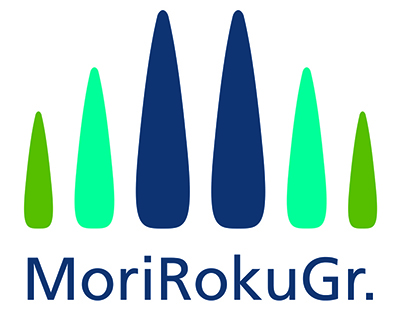
At I.M. Material (Moriroku Group company), we use strict quality control measures to crush materials that are sensitive to heat and cannot be ground at room temperature, such as elastomers and low-melting-point resins, by employing liquid nitrogen (-196℃) for cryogenic grinding.
We cater to our customers' needs, from small sample tests to large-scale production. (Contract Grinding Service)
I.M. Material's low-temperature grinding technology
What is low-temperature (cryogenic) grinding?
grinding involves pulverizing materials that have low melting points, such as elastic rubber or resins, which are difficult to grind at room temperature. This process uses liquid nitrogen (at -196°C) to make these materials brittle before grinding.
What are the features of low-temperature (frozen) pulverization?
What are the characteristics of low-temperature (cryogenic) grinding?
There is minimal heat generation during grinding. This method prevents the deterioration and degradation of the ground products' quality, and the grinding is performed in a nitrogen atmosphere to suppress oxidation.
What is the outcome of products after low-temperature (cryogenic) grinding?
The surface of the particles is smoothly finished after grinding. At room temperature, grinding results in ductile fractures with whisker-like structures. However, low-temperature (cryogenic) grinding leads to brittle fractures, similar to breaking rocks.
I.M. Material Kyoto Plant Main Facilities
Grinding Machines
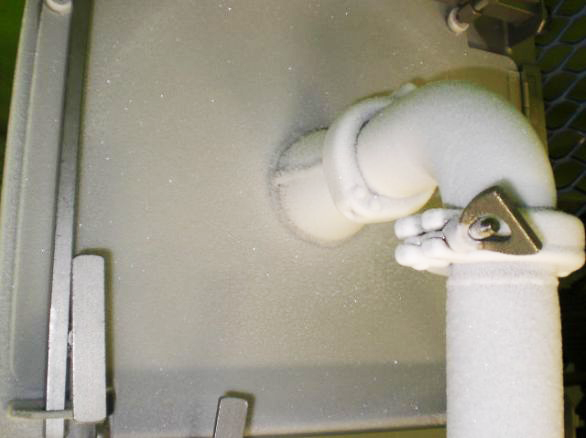
-
Low-temperature (cryogenic) grinder Production Unit No. 1
-
Low-temperature (cryogenic) grinder Production Unit No. 2
-
Low-temperature (cryogenic) grinder Test Unit
-
Coarse grinder No. 1
-
Coarse grinder No. 2
-
Solid raw material crusher
-
Film coarse crusher
Sieving and Mixing Machines
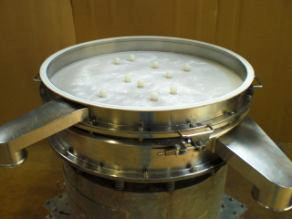
-
Vibrating sieving machine ×3 units
-
Small vibrating sieving machine ×1 unit
-
High bolter
-
Turbo screener
-
Mixing machine Super mixer
Analysis Equipment
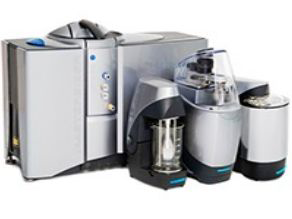
-
Laser diffraction and scattering particle size distribution measuring devices (MASTERSIZER3000, SALD2100)
-
Air jet sieve particle size analysis device
-
Powder characteristic measuring device (Powder Tester)
-
Karl Fischer moisture measuring device
-
Digital microscope
Grinding Examples of IM Material
-
PA (Polyamide)
-
PVA (Polyvinyl alcohol)
-
POM (Polyacetal)
-
PET (Polyethylene terephthalate)
-
PBT (Polybutylene terephthalate)
-
PU (Polyurethane)
-
TPI (Polyimide)
-
TPU (Urethane elastomer)
-
PS (Polyphenylene sulfide)
-
TPEE (Polyester elastomer)
-
PP (Polypropylene)
-
TPO (Olefin elastomer)
-
PS (Polystyrene)
-
EP (Epoxy resin)
-
PE (Polyethylene)
-
EPDM (Ethylene propylene rubber)
-
ABS (Acrylonitrile butadiene styrene)
-
NBR (Natural rubber)
-
PMMA (Polymethyl methacrylate)
-
PI film (Polyimide film)
-
PVC (Polyvinyl chloride)
-
PHBV (Biodegradable resin)
Related Links
-
Fine chemical Field
With "manufacturing" as our theme, we propose optimal functional products and manufacturing processes.

-
Medical Field
In addition to the sale of raw materials to intermediates for pharmaceuticals and agrochemicals and contract synthesis of chemicals, we also provide materials related to medical products such as medical films.

-
Functional materials Field
Functional materials used in a variety of industries, including automotive, electronics, construction, and medical, help improve product performance and reduce environmental impact.
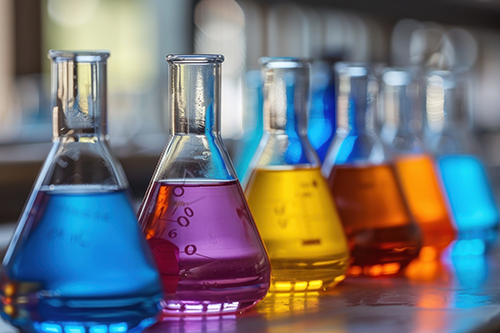
-
I.M. Material's Company Profile & Google Map
For a company profile and map of I.M. Material's Co., Ltd. please visit our global network.



